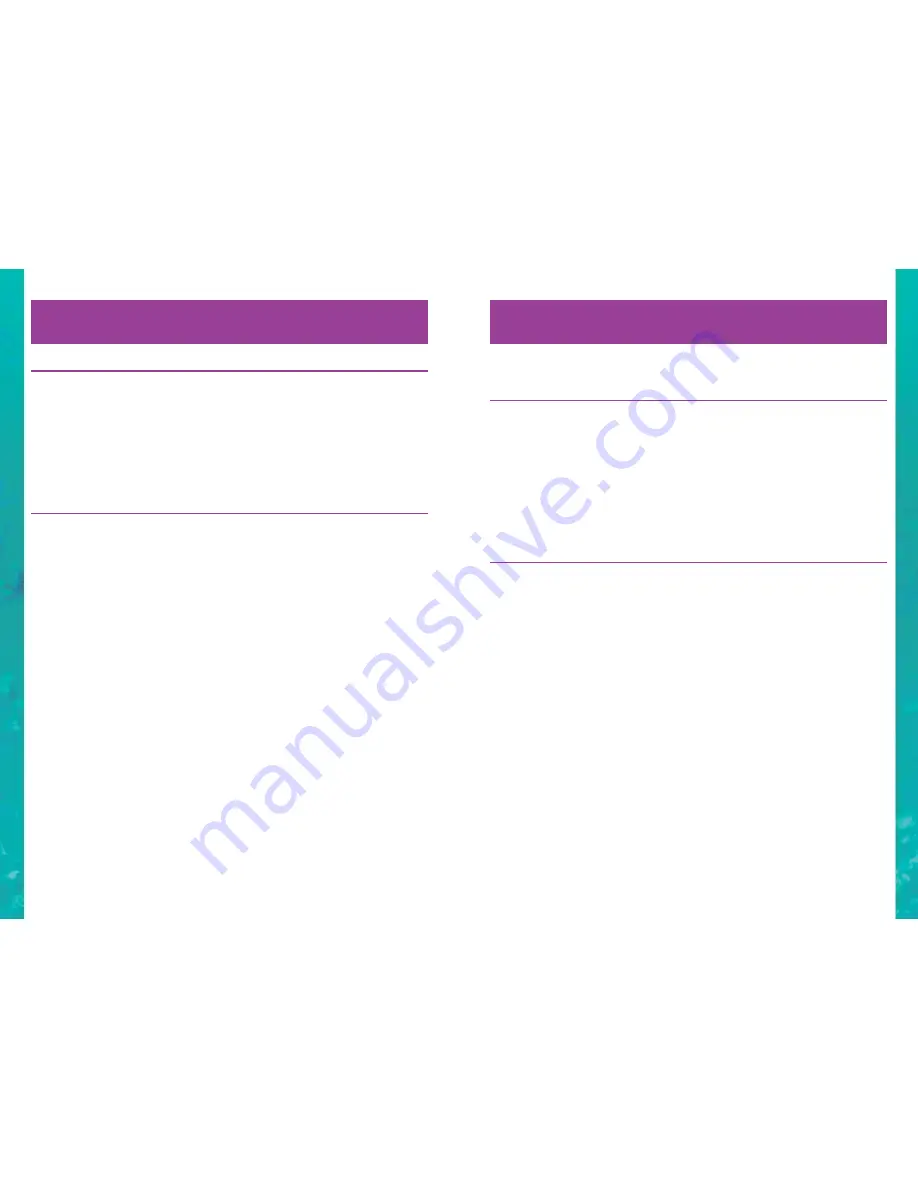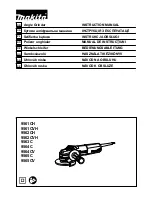
38
39
Chapter 5 - Acids and alkalis 5a - Making acid
and alkali solutions
Experiment 6.5
The reactions of aluminium with sodium hydroxide
& sodium carbonate
• aluminium foil
• sodium hydroxide
solution
• sodium carbonate
solution
• 2 test tubes
Cut up a 2cm square of aluminium foil into small pieces and put
them into a clean dry test tube. Add 2cm of sodium hydroxide
solution. Gently warm the solution and look carefully at the
aluminium foil. What do you think the gas is that is being formed?
You can test to show that it is hydrogen gas by burning it as you
did in Experiment 6.1.
Sodium carbonate is also an alkali. Repeat the experiment using
your sodium carbonate solution instead of sodium hydroxide.
Experiment 6.6
The reaction of magnesium with water
• magnesium strip
• test tube
• test tube holder or
wooden clothes peg
• clay pot
Only very reactive metals react rapidly with water. Magnesium
is the most reactive metal that you have.
Put 2cm of shiny magnesium strip into a clean dry test tube and
add 2cm of water. Magnesium is a shiny metal. The strip you have
may have reacted with impurities in air and have a black surface.
Clean this off with some fine emery or sand paper to show the
clean shiny surface.
Add a piece of clay pot, briefly boil the water and look carefully at
the magnesium. What do you see? If you see nothing happening,
boil the solution again and be patient.
Experiment 6.3
The reaction of iron with an acid
• iron filings
• sodium hydrogen
sulphate solution
• 2 test tubes
• funnel
• filter paper
• crystallising dish
Repeat Experiment 6.2 using 1 measure of iron filings instead of the
zinc. The crystals that you obtain are a mixture of sodium sulphate
and iron sulphate.
Write a word equation for this reaction.
Experiment 6.4
The reactions of aluminium & copper with an acid
• aluminium foil
• copper foil
• sodium hydrogen
sulphate solution
• test tube
• test tube holder or
wooden clothes peg
• clay pot
Cut a 2cm square piece of aluminium foil into small pieces and put
them into a clean dry test tube. Add 2cm of your sodium hydrogen
sulphate solution. Add a piece of clay pot. Carefully boil the solution
and look at it very carefully. What do you see? If you do not see any
reaction heat the test tube again and be patient.
Repeat the experiment with a 1cm square of copper foil instead
of aluminium foil. Again look carefully. What do you see?
You have now studied the reactions of acids with 5 metals:
aluminium, copper, iron, magnesium and zinc. Put these metals
in the order of their reactivity with acid.
Chapter 6 - Chemical reactions of acids and alkalis
6a - Reactions of acids with metals
Chapter 6 - Chemical reactions of acids and alkalis
6b - Reactions of alkalies & water with metals
Only the most reactive metals react with alkalis and with water.















































